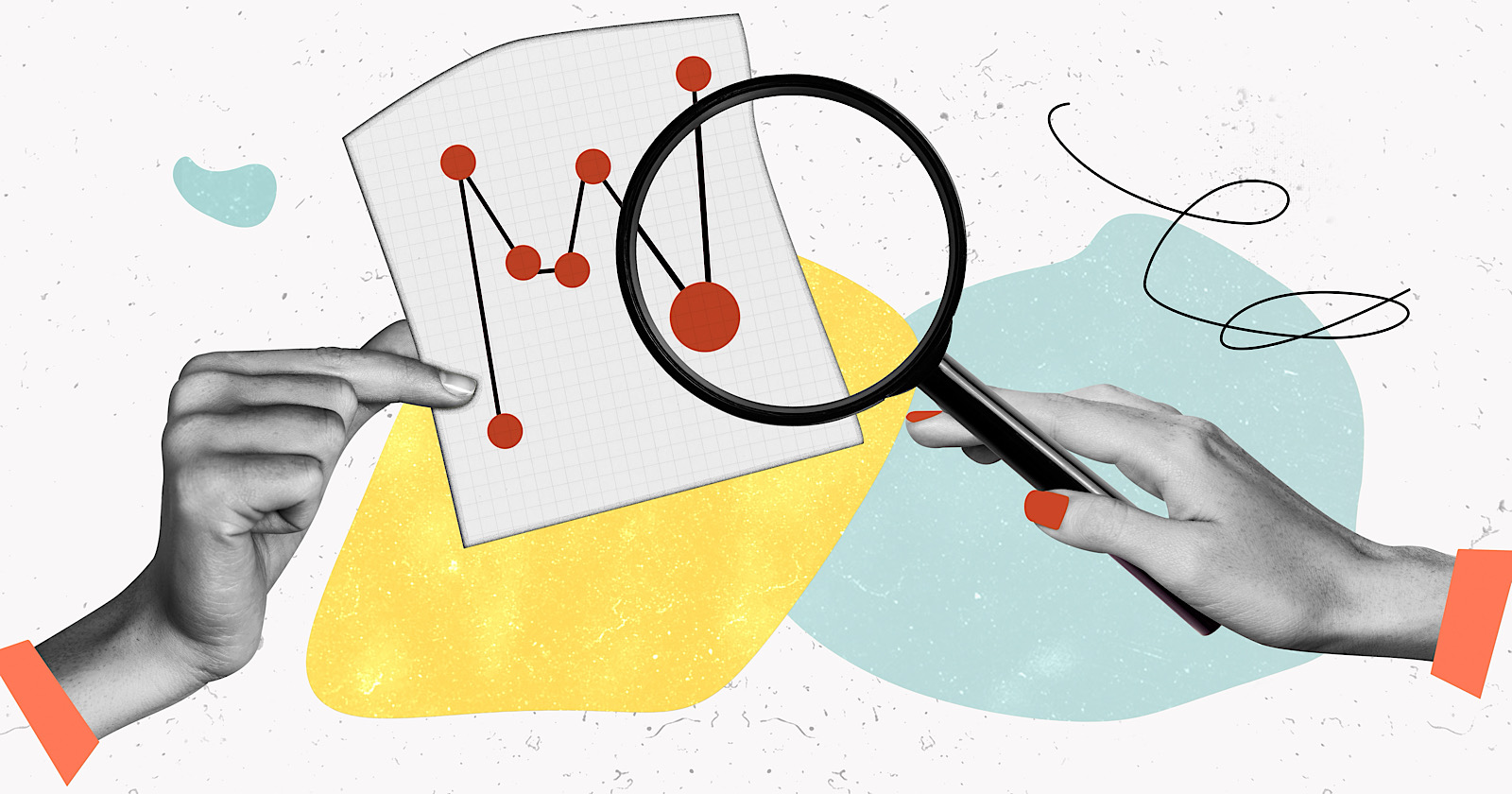Levi’s use of AI models to increase diversity incites backlash
Levi's decision to use AI models to increase diversity had many consumers wondering why they did not hire more diverse models.

An uproar is growing against Levi’s following the brand’s announcement last week that it would be using artificial intelligence to create models of more diverse body types and skin tones to increase its diverse representation. Many consumers took to social media to publicly wonder why Levi’s does not simply hire more models of color to better reflect its shoppers in its marketing.
Levi Strauss & Co. will be partnering with Lalaland.ai, a four-year-old Amsterdam outfit that uses AI to create realistic avatars for fashion brands and retailers. In a press release announcing the partnership, San Francisco-based Levi’s wrote that “Diversity, equity and inclusion is a top priority.” The company said it knows its customers want to see models that look like them.
“This AI technology can potentially assist us by supplementing models and unlocking a future where we can enable customers to see our products on more models that look like themselves, creating a more personal and inclusive shopping experience,” read the release.
“The models LS&Co. hires are already diverse, and this will continue to be a priority for us,” a spokesperson said in a statement when asked for comment about the backlash. “Over the past year, we’ve been focused on ensuring that not only are our models diverse but also that those working on the content both in front of and behind the camera are reflective of our broad consumer base.”
Levi’s goal with Lalaland.ai is to improve the consumer experience so much that customers will be able to see product on models quicker, maybe as soon as a product is released which will create “a more personal and inclusive shopping experience in real-time” and will help increase the number of models styling a product beyond just one, the company said.
The spokesperson noted that the partnership is in its early stages and will be tested and assessed later this year. Levi’s said it is “still hiring a wider range of human models and will continue to do so.”
Yet one consumer pointed out that Levi’s new strategy is a clear example of how diversity does not always mean inclusion.
It's a familiar refrain, though to a slightly different tune. After the 2020 murder of George Floyd in Minneapolis, scores of marketers said they would be stepping up their diversity and inclusion efforts. Yet now, three years later, many of those initiatives have fallen flat. This year’s slate of Super Bowl commercials reflected a waning commitment to inclusivity, for example. In addition, many experts now fear that a weakened economy could hamper brands’ DE&I efforts, particularly with media investments, even more as companies look to trim costs.
Ahmad Islam, chief executive of Ten35, an agency that specializes in reaching multicultural, millennial and Gen Z consumers, said that some of the backlash is the result of the uncertainty and fear that exists around AI, as well as the anxiety that brands are walking back their DE&I commitments. But now that Levi’s is aware of consumers’ concerns, the brand should be more accountable to its DE&I pledges and commitments in the future, Islam said.
“It’s somewhat presumptuous to assume this is going to adversely impact models of color until we see how this fits within the overall ecosystem of how they market and advertise their products and their brand,” he said. “The proof is going to be in the results as it relates to their ongoing engagement of people of color, of models of color, and of photographers of color within their business.”

 Troov
Troov 
































